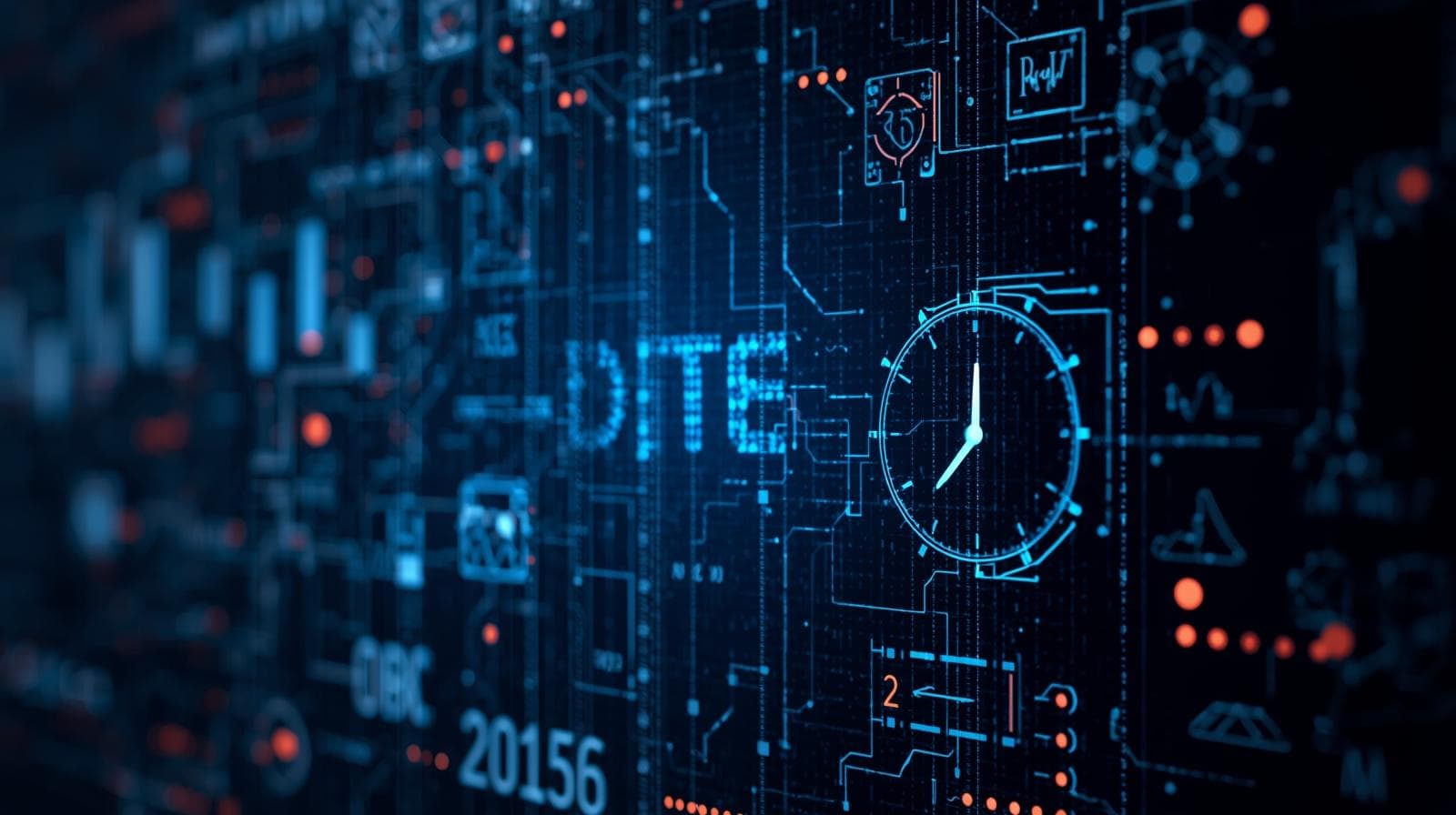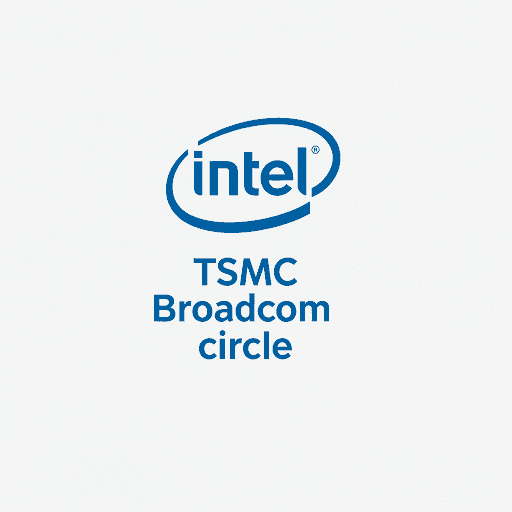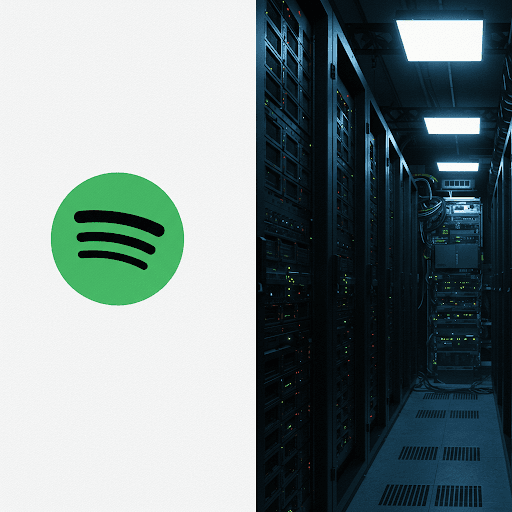Data Privacy & AI Governance: A Complete Guide for Modern IT Systems

Navigate the complex world of Data Privacy and AI Governance. Learn definitions, real-world use cases, best practices, and how to build ethical, compliant IT systems.

Data Privacy & AI Governance: A Complete Guide for Modern IT Systems
Data Privacy & AI Governance: Building Ethical and Compliant IT Systems for the Future
Imagine a world where an algorithm determines your eligibility for a loan, a medical diagnosis, or even a job interview. Now imagine that algorithm is a "black box," making decisions based on data it collected without your clear consent, and worse, it might be harboring hidden biases. This isn't science fiction; it's the reality we're navigating today. As Artificial Intelligence (AI) weaves itself into the fabric of our digital lives, two concepts have surged from IT conference jargon to boardroom imperatives: Data Privacy and AI Governance.
For developers, IT managers, and business leaders, understanding this duo isn't just about avoiding regulatory fines; it's about building trust, ensuring fairness, and creating technology that serves humanity, not the other way around. This comprehensive guide will demystify these critical topics, explore their intersection, and provide a practical roadmap for implementing them in your IT systems.
Part 1: Understanding the Bedrock - What is Data Privacy?
Let's start with the foundation. Data privacy, often used interchangeably with data protection, is the branch of data management that deals with the proper handling of data—specifically, how data should be collected, stored, processed, shared, and archived in accordance with an individual's privacy rights and legal obligations.
At its heart, data privacy is about control. It's the principle that individuals should have control over how their personal information is used by organizations.
Key Pillars of Data Privacy:
Transparency: Being open with individuals about what data you're collecting and why.
Purpose Limitation: Only collecting data for specified, explicit, and legitimate purposes.
Data Minimization: Collecting only the data that is absolutely necessary for the stated purpose.
Accuracy: Ensuring personal data is accurate and kept up to date.
Storage Limitation: Not keeping personal data in an identifiable form for longer than needed.
Integrity and Confidentiality: Protecting data from unauthorized access, loss, or destruction through security measures.
Accountability: The organization is responsible for demonstrating compliance with all these principles.
The Regulatory Landscape: GDPR, CCPA, and Beyond
The theory of data privacy is put into practice through regulations. You've likely heard of the giants:
GDPR (General Data Protection Regulation): The European Union's landmark regulation that set a global standard. It grants individuals rights like the "right to be forgotten" and mandates strict consent requirements.
CCPA/CPRA (California Consumer Privacy Act/Privacy Rights Act): Similar to GDPR, this California law gives residents control over their personal information.
These are just two examples in a growing patchwork of global laws. For any IT system with international users, compliance is a complex but non-negotiable task.
Part 2: Taming the New Frontier - What is AI Governance?
If data privacy is about the "fuel," then AI Governance is about the "engine." AI Governance refers to the framework of policies, procedures, and technical tools that ensure an organization's use of AI is responsible, ethical, and aligned with its values and regulatory requirements.
AI Governance exists because AI, particularly machine learning, introduces unique risks that traditional software doesn't:
Bias and Fairness: An AI model trained on historical data can perpetuate and even amplify existing societal biases (e.g., in hiring or lending).
Explainability: Many complex AI models are "black boxes," meaning it's difficult or impossible to understand why they made a specific decision. This is a problem for regulators and for individuals who are subject to AI-driven outcomes.
Robustness and Security: AI systems can be vulnerable to adversarial attacks—tiny, manipulated inputs that cause the model to make catastrophic errors.
Accountability: When an AI system causes harm, who is responsible? The developer? The company that deployed it? The user?
AI Governance creates a structure to identify, measure, and mitigate these risks throughout the entire AI lifecycle—from data collection and model training to deployment and monitoring.
Part 3: The Inextricable Link: Where Data Privacy and AI Governance Collide
You cannot have effective AI Governance without a strong foundation in data privacy. Here’s why they are two sides of the same coin:
Garbage In, Garbage Out (with Consequences): An AI model is only as good as its training data. If that data was collected in a privacy-invasive way (e.g., without proper consent or through excessive tracking), the entire AI initiative is built on an unethical foundation. Furthermore, biased data leads to biased AI, directly violating fairness principles under both privacy and governance frameworks.
The "Right to Explanation": Regulations like GDPR introduce a concept often called the "right to explanation." If an AI system makes a fully automated decision that significantly affects a user (e.g., denying a loan), the user has the right to an explanation of the logic involved. This forces organizations to invest in explainable AI (XAI), a core component of AI Governance.
Purpose Limitation in AI: Remember the principle of purpose limitation from data privacy? It applies directly to AI. You cannot use customer data collected for improving website functionality to then train a facial recognition model without obtaining new, specific consent. AI Governance frameworks enforce these boundaries.
In short, data privacy provides the ethical and legal rules for handling the raw material (data), while AI Governance provides the ethical and operational rules for building and running the factory (the AI system).
Part 4: Real-World Use Cases and Cautionary Tales
Let's move from theory to practice. How do these concepts play out in the real world?
Use Case 1: Healthcare - Diagnostic Assistance
Scenario: A hospital uses an AI tool to analyze medical images (X-rays, MRIs) to help radiologists detect early signs of cancer.
Data Privacy Considerations: Patient data is highly sensitive (Protected Health Information, or PHI). It must be anonymized or pseudonymized before being used for training. Strict access controls and audit logs are essential. Patients must be informed about how their data is used.
AI Governance Considerations: The model must be rigorously validated to ensure it is not biased against certain demographic groups. Its predictions must be explainable so a doctor can understand why the AI flagged a particular region, ensuring it's a tool for augmentation, not blind replacement. Accountability is clear: the final diagnosis and responsibility remain with the human doctor.
Use Case 2: Finance - Credit Scoring
Scenario: A bank develops a new AI-powered credit scoring model that uses non-traditional data (like transaction patterns) to assess borrowers with "thin" credit files.
Data Privacy Considerations: The bank must be transparent about what data is being used and for what purpose. Customers must have the right to opt-out and to correct inaccurate data.
AI Governance Considerations: This is a prime area for bias. The model must be constantly audited to ensure it isn't unfairly penalizing people based on zip code (a proxy for race) or spending habits correlated with ethnicity. If a loan is denied, the bank must be able to provide a meaningful explanation, as required by law.
Cautionary Tale: The Algorithmic Hiring Tool that Discriminated
A well-known example involved an automated hiring tool used by a large corporation. The AI was trained on resumes submitted to the company over a 10-year period. Because the tech industry was historically male-dominated, the model learned to penalize resumes that included the word "women's" (as in "women's chess club captain") and downgraded graduates from all-women's colleges. This is a classic case of biased data leading to a discriminatory AI outcome. Both data privacy (was the historical data collected and used appropriately?) and AI governance (where were the bias audits?) failures were at play.
Part 5: A Practical Framework: Best Practices for Your IT Systems
Implementing these principles might seem daunting, but it can be broken down into manageable steps.
Best Practices for Data Privacy:
Privacy by Design: Don't bolt privacy on as an afterthought. Integrate it into the design and architecture of your IT systems from the very beginning.
Data Mapping and Classification: You can't protect what you don't know. Create a data inventory that tracks what data you have, where it lives, who has access, and its sensitivity level.
Strong Consent Mechanisms: Move away from pre-ticked boxes. Implement clear, granular consent requests where users actively opt-in.
Robust Security Measures: Encrypt data both at rest and in transit. Use multi-factor authentication and principle of least privilege access.
Data Retention Policies: Automate the deletion of data that is no longer necessary for its original purpose.
Best Practices for AI Governance:
Establish an AI Ethics Board: Create a cross-functional team (legal, IT, ethics, business) to oversee AI projects.
Create a Model Inventory: Just like a data map, maintain a registry of all AI/ML models in use, their purpose, and their risk rating.
Implement Bias Testing and Mitigation: Use tools and techniques (like fairness metrics and adversarial debiasing) to test for bias during development and monitor for drift in production.
Focus on Explainability (XAI): Choose models that are inherently interpretable (like decision trees) or use XAI techniques (like LIME or SHAP) to explain black-box models.
Human-in-the-Loop (HITL): For high-stakes decisions, ensure a human reviewer is part of the process to provide oversight.
Continuous Monitoring: AI models can degrade over time as real-world data changes (a concept called "model drift"). Continuously monitor their performance and fairness.
Building systems that adhere to these principles requires a deep understanding of modern software development practices. To learn professional software development courses such as Python Programming, Full Stack Development, and MERN Stack, which form the technical foundation for implementing these robust and ethical systems, visit and enroll today at codercrafter.in.
Part 6: Frequently Asked Questions (FAQs)
Q1: My company is small and doesn't use "advanced AI." Do we still need to worry about this?
A: Absolutely. Even if you're just using a simple analytics script or a third-party CRM that has automated features, you are handling customer data. Data privacy laws apply to organizations of all sizes. Building good privacy habits now will set you up for success as you grow and potentially adopt more complex AI tools.
Q2: Is it possible to have a 100% unbiased AI system?
A: This is a great question. Most experts would say achieving 100% fairness is an ideal to strive for, but it's incredibly difficult to achieve perfectly. The goal of AI Governance is not perfection, but demonstrable diligence. It's about having a process to identify bias, mitigate it as much as possible, and being transparent about the limitations. It's about being able to show regulators and users that you have done everything reasonably possible to ensure fairness.
Q3: How do regulations like GDPR affect AI development outside of Europe?
A: GDPR has an extraterritorial scope. It applies to any organization that offers goods or services to individuals in the EU or monitors their behavior, regardless of where the organization is located. So, if your website or app has users in Europe, you must comply with GDPR, which directly impacts how you can collect data for and operate any AI systems that touch that data.
Q4: What's the difference between anonymization and pseudonymization?
A: This is a crucial technical distinction.
Anonymization is irreversible. All personally identifiable information is stripped away, and the data can no longer be linked back to an individual. This data is often outside the scope of privacy laws.
Pseudonymization is a reversible process. Identifiers are replaced with a pseudonym (like a random ID). The original data can be re-identified with the use of a separate "key." This is a security safeguard but the data is still considered personal data under laws like GDPR.
Conclusion: The Future is Governed and Private
Data Privacy and AI Governance are not temporary trends or mere compliance checkboxes. They represent a fundamental shift in how we, as a society, approach technology. They are the essential guardrails that will allow us to harness the incredible power of AI while protecting our fundamental rights and values.
For developers and IT professionals, this is not a constraint but an opportunity. It's a chance to build systems that are not only powerful and efficient but also fair, transparent, and trustworthy. These are the systems that will win customer loyalty, pass regulatory scrutiny, and stand the test of time.
The journey starts with education and a commitment to ethical principles. By integrating data privacy and AI governance into the DNA of your IT projects, you are not just building software; you are building a better, more responsible digital future.
Ready to build the next generation of ethical and powerful applications? A strong foundation in software development is the first step. Explore our industry-focused courses in Python, Full Stack Development, and the MERN Stack at codercrafter.in and start your journey today.









